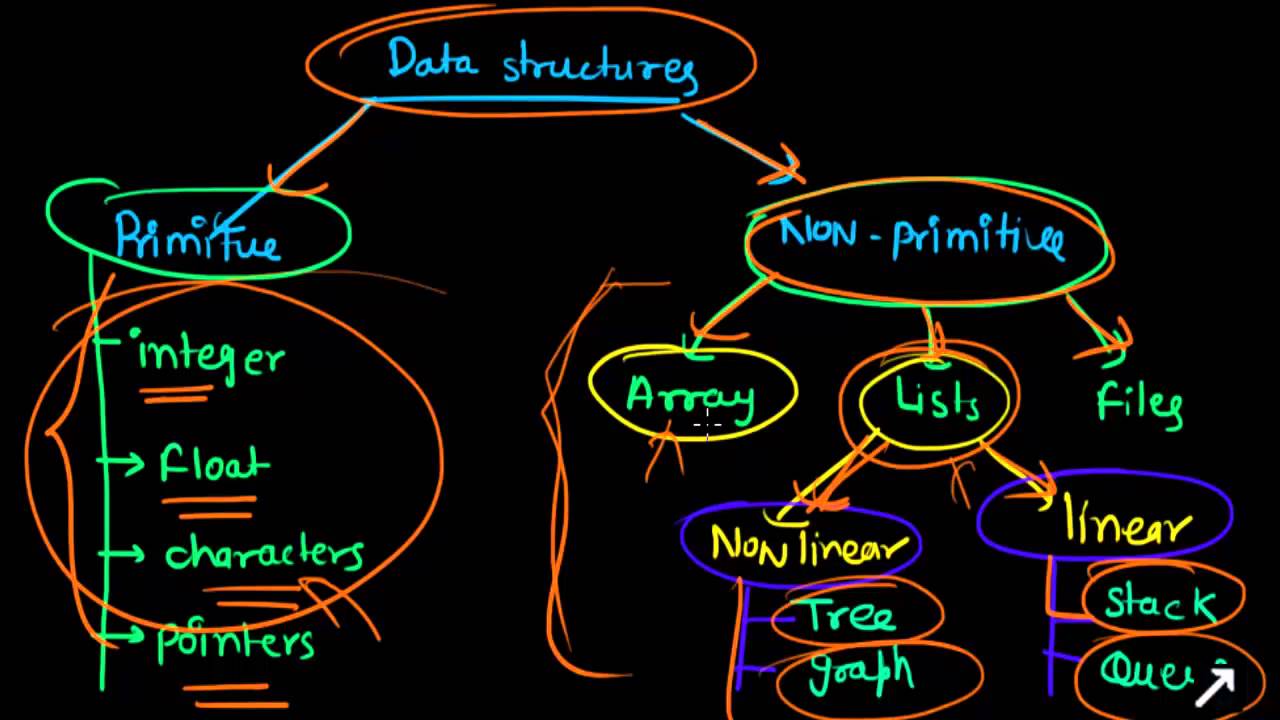Soumya S Raj
Assistant Professor
CSE Department
FISAT

This course aims at moulding the learner to understand the various data structures,their organization and operations. The course helps the learners to assess the applicability of different data structures and associated algorithms for solving real world problem which requires to compare and select appropriate data structures to solve the problem efficiently. This course introduces abstract concepts for data organization and manipulation using data structures such as stacks, queues, linked lists, binary trees, heaps and graphs for designing their own data structures to solve practical application problems in various fields of Computer Science.
Topics covered under the course Programming in C (EST 102)
CO1
Design an algorithm for a computational task and calculate the time/space
complexities of that algorithm (Cognitive Knowledge Level: Apply)
CO2
Identify the suitable data structure (array or linked list) to represent a data item required to be processed to solve a given computational problem and write an algorithm to find the solution of the computational problem (Cognitive Knowledge
Level: Apply)
CO3
Write an algorithm to find the solution of a computational problem by selecting an appropriate data structure (binary tree/graph) to represent a data item to be processed (Cognitive Knowledge Level: Apply)
CO4
Store a given dataset using an appropriate Hash Function to enable efficient access of data in the given set (Cognitive Knowledge Level: Apply)
CO5
Select appropriate sorting algorithms to be used in specific circumstances (Cognitive Knowledge Level: Analyze)
CO6
Design and implement Data Structures for solving real world problems efficiently (Cognitive Knowledge Level: Apply)
Assistant Professor
CSE Department
FISAT
1.Ellis Horowitz, Sartaj Sahni and Susan Anderson-Freed, Universities Press, Fundamentals of Data Structures in C
1. Samanta D., Classic Data Structures, Prentice Hall India.
2. Richard F. Gilberg, Behrouz A. Forouzan, Data Structures: A Pseudocode Approach with C, 2/e, Cengage Learning.
3. Aho A. V., J. E. Hopcroft and J. D. Ullman, Data Structures and Algorithms, Pearson Publication.
4. Tremblay J. P. and P. G. Sorenson, Introduction to Data Structures with Applications, Tata McGraw Hill.
5. Peter Brass, Advanced Data Structures, Cambridge University Press.
6. Lipschuts S., Theory and Problems of Data Structures, Schaum’s Series.
7. Wirth N., Algorithms + Data Structures = Programs, Prentice Hall.
8. Hugges J. K. and J. I. Michtm, A Structured Approach to Programming, PHI.
9. Martin Barrett, Clifford Wagner, C And Unix: Tools For Software Design, John Wiley
The Open edX platform works best with current versions of Chrome, Edge, Firefox, Internet Explorer, or Safari.
See our list of supported browsers for the most up-to-date information.